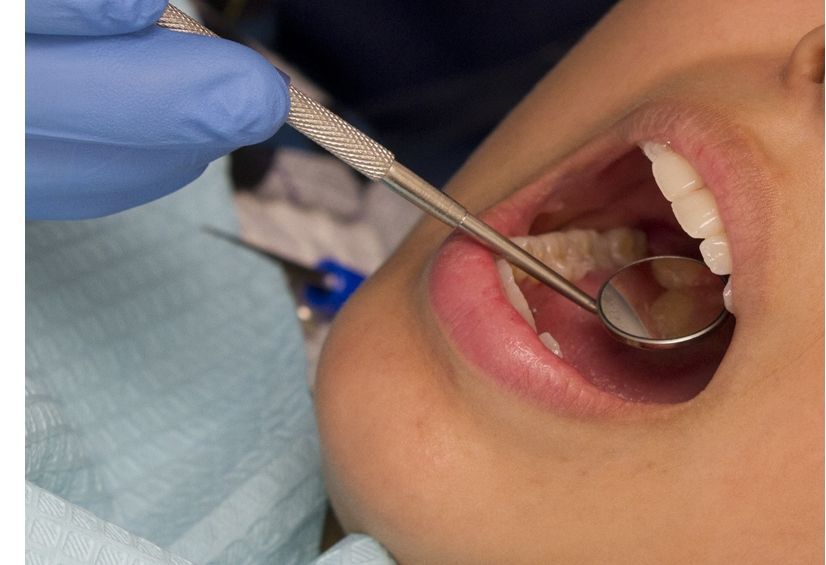
Atherosclerosis progresses is driven by chronic inflammation, the more sources of low-grade, smoldering inflammation, the faster atherosclerosis could develop. Gum disease is one such source of inflammation and is associated with a higher incidence of strokes.
Patients with gum disease were three times as likely to have a stroke involving blood vessels in the back of the brain, which controls vision, coordination and other vital bodily functions; and.
]]>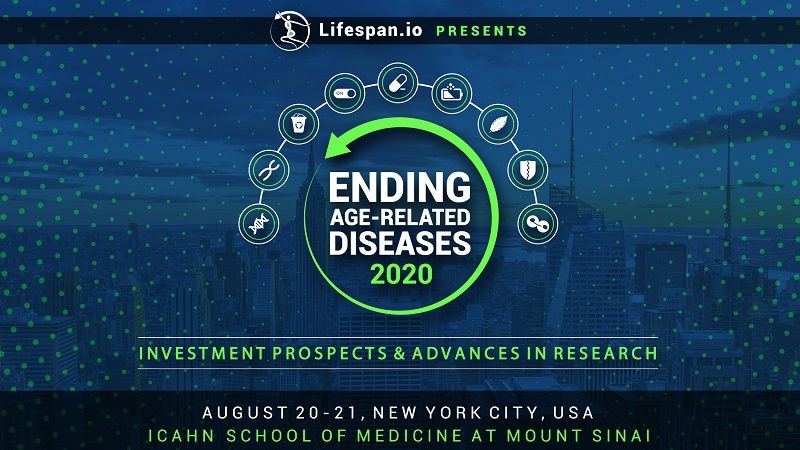
Lifespan.io is hosting its third annual conference on aging and rejuvenation biotechnology.
The Life Extension Advocacy Foundation/Lifespan.io, a nonprofit company promoting aging research, is hosting its third annual Ending Age-Related Diseases: Investment Prospects and Advances in Research conference on August 20–21 at the Stern Auditorium of the Icahn School of Medicine at Mount Sinai (New York City, USA).
The goal of this conference is to promote scientific and public discussion in order to foster the development of interventions that target aging and are capable of relieving our aging society from the burden of age-related diseases. Key topics of the conference include biomarkers of aging, discoveries in fundamental research, the development of interventions targeting the root mechanisms of aging, investment strategies, and regulatory issues that are relevant to rejuvenation research.
]]>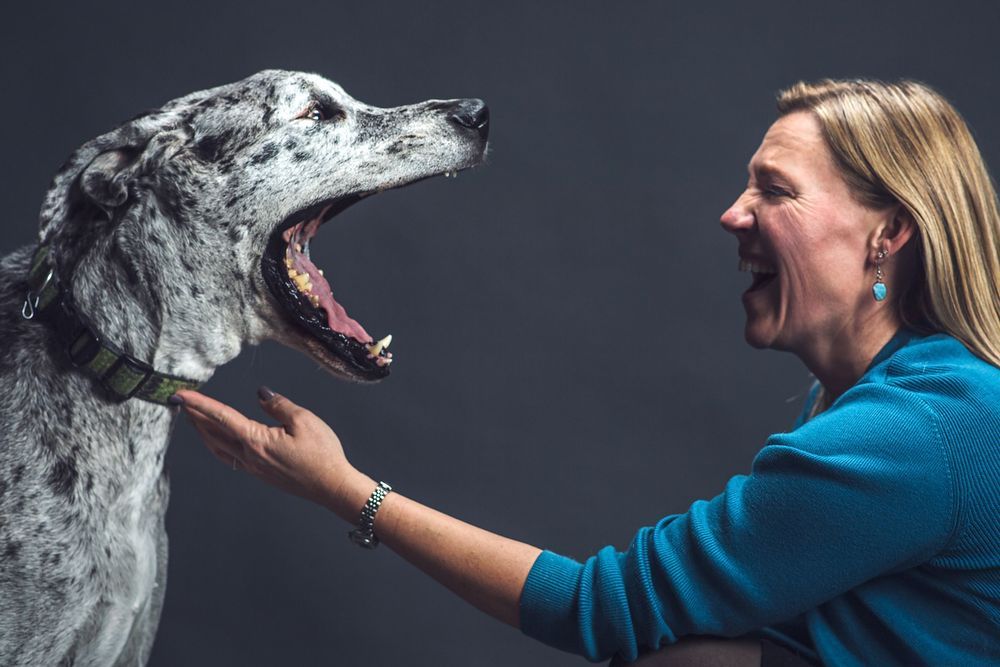
Practice teams are urged to share details with clients about this canine longevity study, whose long-term goal is to help pets and people live longer, healthier lives.
]]>
Let’s face it, getting older sucks, and not because of all the extra candles on the birthday cake. Getting cake and presents every year is great, but the loss of health and independence isn’t a particularly good birthday present. (Wow, what’d I get this year? Just what I didn’t want: sarcopenia and hearing loss!)
Given the downsides of aging, it really is surprising how little people talk about it beyond the odd grumble or even as a joke. Normally, it’s to complain about the aches and pains that gradually appear as the years roll by, as we find it harder to walk up the stairs and “bright-eyed and bushy-tailed” turns into “cloudy-eyed and with an aching back”.
That’s not even the serious side of aging, which involves the gradual loss of independence and the age-related diseases that first rob us of our quality of life before they get around to killing us. The serious part is the horror of Alzheimer’s and the loss of self that it brings, the heart disease that cripples us, the frailty that steals our independence, and the lurking threat of cancer that rises dramatically as we age.
]]>
Brilliant, outside-the-box ideas to help people live without illness as they live longer. That’s what Johnson & Johnson and the National Academy of Medicine are looking for through a unique collaboration—and they’re putting up millions of dollars in prize money to find them.
]]>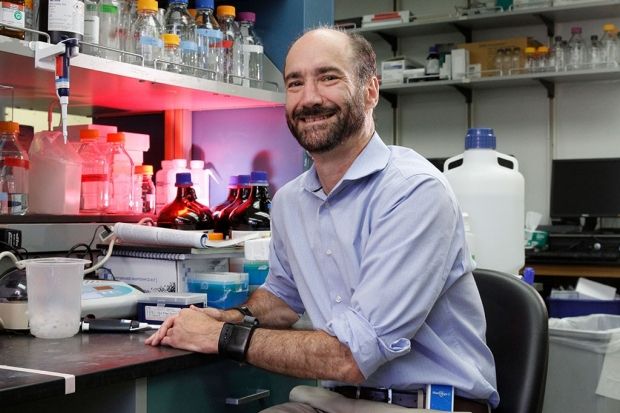
Stanford scientists have identified specific biological pathways along which individuals age over time.
]]>
Grey hair seems to be driven by stem cell exhaustion, one of the suggested reasons we age. One researcher believes we can turn back the clock on greying hair.

Melissa Harris’s research points to a new paradigm for hair graying. “We thought that once you go gray the stem cells are all lost — there’s no going back,” Harris said. “But presumably they can be reactivated.”
Molecular biology is not usually the kind of science you can do with the naked eye. Sure enough, Melissa Harris, Ph.D., runs a lab that leans into CRISPR gene-editing tools, single-cell sequencing studies and network-analysis algorithms. But all she needs is a glance to diagnose the state of your melanocyte stem cells.
]]>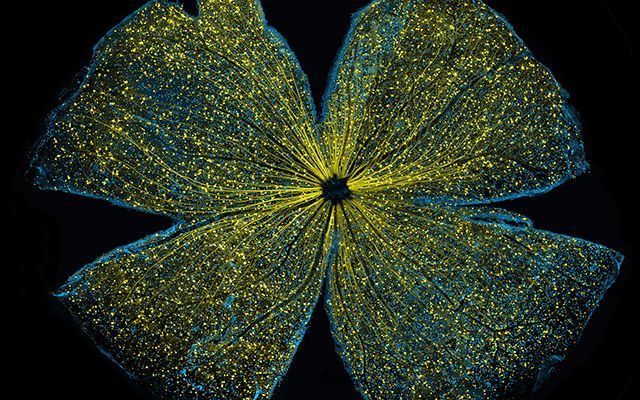
In mouse studies, a “methylation clock” on the ELOVL2 gene ticks toward impaired vision, but when gene expression was boosted, age-related visual function improved.
A lengthy-named gene called Elongation of Very Long Chain Fatty Acids Protein 2 or ELOVL2 is an established biomarker of age. In a new paper, published online January 14, 2020 in the journal Aging Cell, researchers at University of California San Diego School of Medicine say the gene appears to play a key role in age-associated functional and anatomical aging in vivo in mouse retinas, a finding that has direct relevance to age-related eye diseases.
Specifically, the research team, led by senior author Dorota Skowronska-Krawczyk, PhD, assistant professor in the Viterbi Family Department of Ophthalmology at UC San Diego Shiley Eye Institute, found that an age-related decrease in ELOVL2 gene expression was associated with increased DNA methylation of its promoter. Methylation is a simple biochemical process in which groups of carbon and hydrogen atoms are transferred from one substance to another. In the case of DNA, methylation of regulatory regions negatively impacts expression of the gene.
When researchers reversed hypermethylation in vivo, they boosted ELOVL2 expression and rescued age-related decline in visual function in mice. “These findings indicate that ELOVL2 actively regulates aging in mouse retina, provides a molecular link between polyunsaturated fatty acids elongation and visual functions, and suggests novel therapeutic strategies for treatment of age-related eye diseases,” wrote the authors.
]]>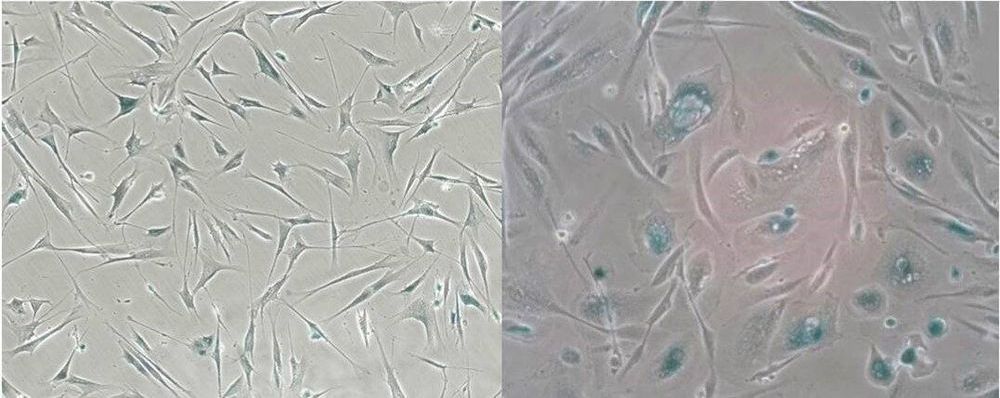
Researchers at the Buck Institute have extensively profiled the various inflammatory signals given off by senescent human cells and have generated a curated database available for use in the field.
Senescent cells, which stop dividing under stress, are long- recognized drivers of multiple diseases of aging. Mouse studies have shown that targeted removal of these cells and the inflammatory factors they secrete, known as the senescence-associated secretory phenotype (SASP), has beneficial results on multiple organ systems and functions. Success in the laboratory has given rise to companies and research projects aimed at developing either senolytics, drugs that clear senescent cells, or senomorphics, drugs that suppress the SASP. But drug development and clinical utilization require simple, reliable biomarkers to assess the abundance of senescent cells in human tissues. Publishing in PLOS Biology, researchers at the Buck Institute have extensively profiled the SASP of human cells and have generated a curated database available for use in the field.
“The stage is now set for the development of clinically-relevant biomarkers of aging,” said Judith Campisi, Ph.D., Buck professor and one of the senior authors on the paper. “This will speed efforts to get safe and effective drugs into the clinic and, in the long term, could enable physicians to give patients a clear read-out of how well, or poorly, their various tissues and organs are aging.”
The study, led by postdoc Nathan Basisty, Ph.D., expanded the number of proteins known to be secreted by human senescent cells by about 10-fold, to over 1000. Researchers show that a ‘core’ set of senescence factors, which were secreted by all types of senescent cells studied, are significantly increased in human plasma as we age, and may be the basis for developing “whole body” biomarkers of aging, and biomarkers to assess the efficacy of senolytics and senomorphics in human trials. Using advanced proteomic analysis, researchers also propose signatures that identify specific subsets of senescent cells.
]]>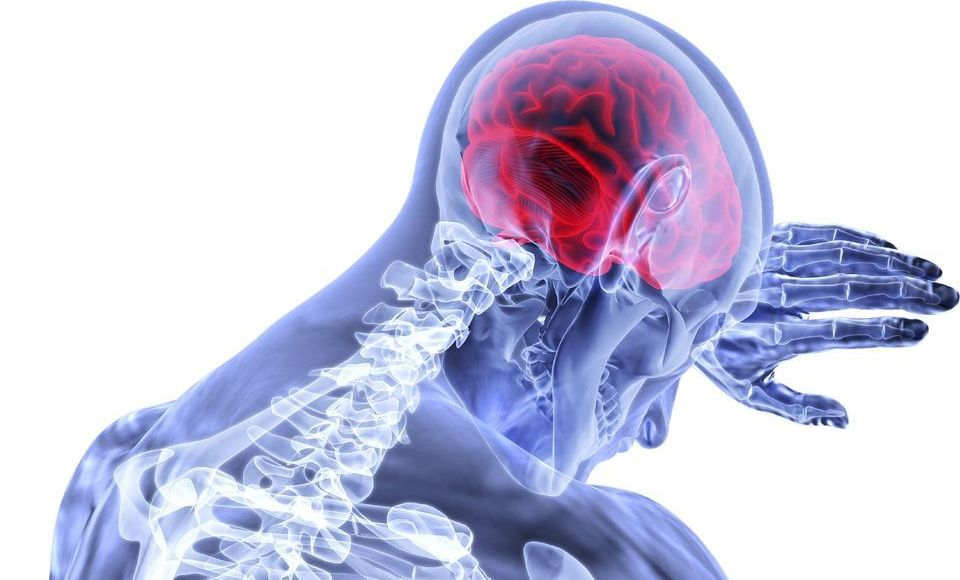
Researchers reverse stroke damage in animal model using stem cell exosomes.
Expanding upon previous work that developed a treatment using a type of extracellular vesicles known as exosomes—small fluid-filled structures that are created by stem cells—investigators at the University of Georgia (UGA) present brain-imaging data for a new stroke treatment that supported full recovery in swine, modeled with the same pattern of neurodegeneration as seen in humans with severe stroke. Findings from this new study were published recently in Translational Stroke Research through an article titled “Neural Stem Cell Extracellular Vesicles Disrupt Midline Shift Predictive Outcomes in Porcine Ischemic Stroke Model.”
Amazingly, it’s been almost a quarter-century since the first drug was approved for stroke. Yet, what’s even more striking is that only a single drug remains approved today, so having a greater understanding of the molecular mechanisms that underlie stroke cases should lead to new therapies that could provide dramatic improvements in patient outcomes.
The researchers at UGA’s Regenerative Bioscience Center report the first observational evidence during a midline shift—when the brain is being pushed to one side—to suggest that a minimally invasive and nonoperative exosome treatment can now influence the repair and damage that follow a severe stroke.
]]>